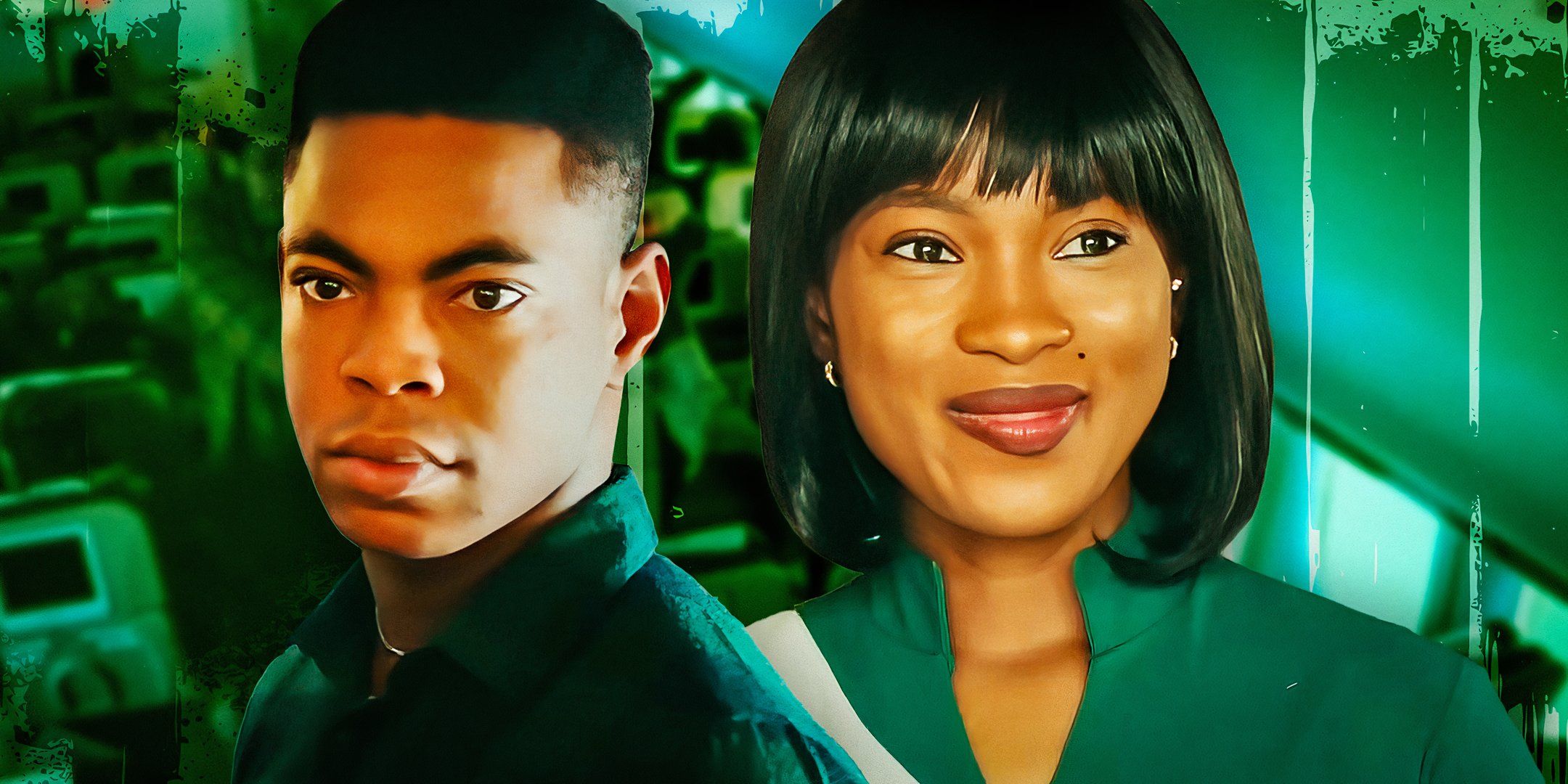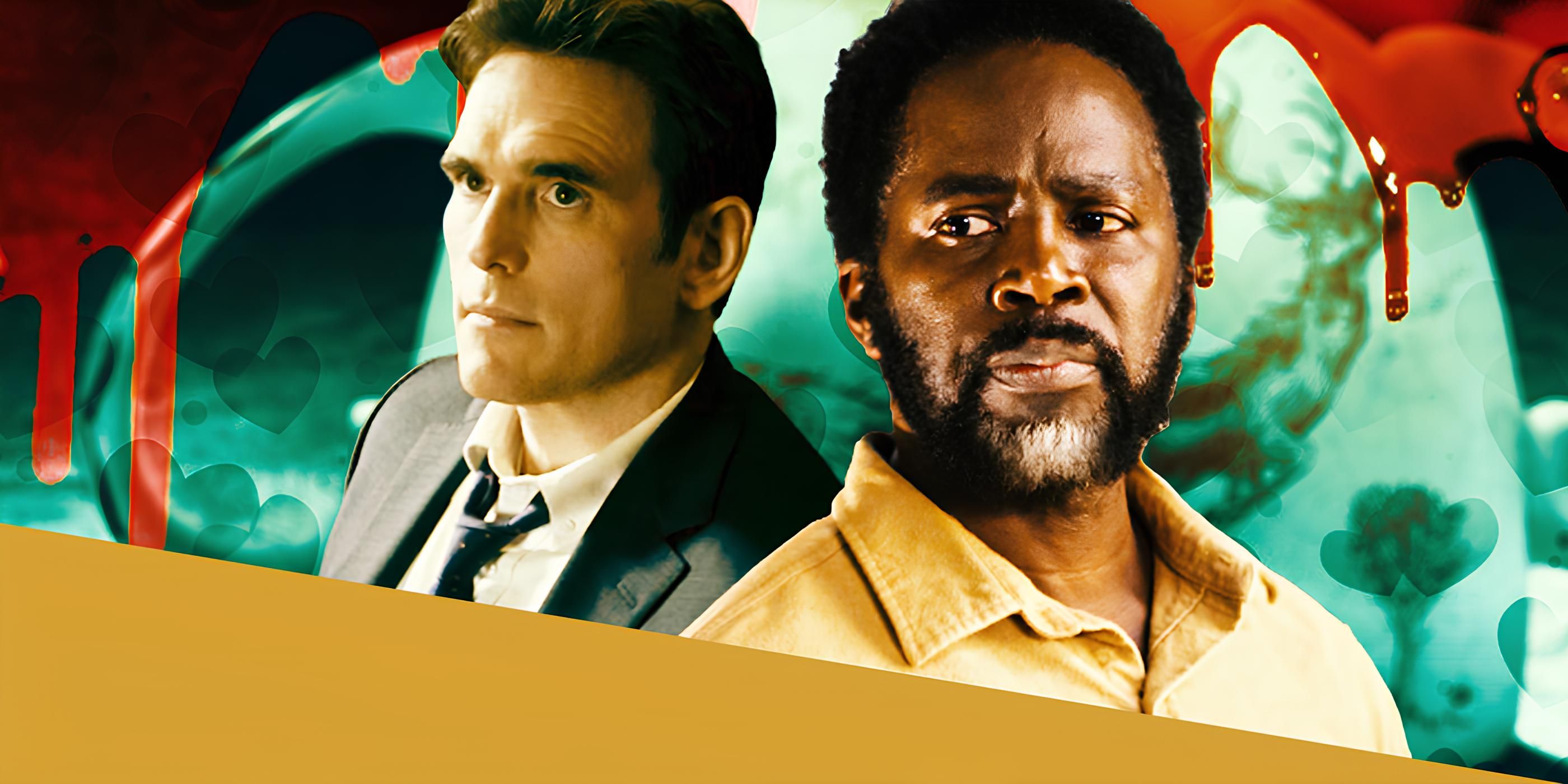You can’t bullshit Sandy King Carpenter — a horror legend you shouldn’t call a “final girl” if only because she’s never been on the run.
A pioneering comics publisher, former script supervisor for Corman and Cassavetes, the wife of director John Carpenter, and more, King has been on a creative killing spree since she started in Hollywood in the early ’70s. Sharp as a knife, she’s a multihyphenate writer/producer/director talent who can’t help but take a stab at anything and everything that intrigues her.
“People are always talking about visualizing goals, but I’m not that person,” King told IndieWire in conversation at the Carpenter office in Los Angeles. “If it’s interesting, I do it, and that’s served me well. I learned lots of things, and I worked for lots of interesting people. It all turned into knowledge that became a career.”
When she’s not staying up until three in the morning watching submarine documentaries (her latest midnight-oil obsession), King can be found hard at work behind a red door in a quiet corner of Hollywood. The Carpenters’ workplace is a white suburban home that looks as if ripped straight out of a slasher — but here, tucked in a tidy warehouse of festival awards and memorabilia, the killer is already inside.
“I’ve murdered my mother a million times,” the writer said of exorcizing demons through her art. “Horror is an allegorical medium. It tells us something about ourselves, and it tells us something about society. That’s why it’s so valuable.”
Everybody wants something from the Carpenters, particularly in October. Although King has worked across genres, her husband’s reputation precedes them both, and protecting their empire often falls to her. On Halloween night, King hands out candy to trick-or-treaters at their office while Carpenter stays home to watch sports or play video games.
“There’s a dual protectiveness there,” King said. “[‘Carpenter’] became a brand over the years as opposed to an individual. He’s both. To me, he’s a person. But to the world, he’s a brand. That becomes problematic when you have to go, ‘Hey, there’s a person in there.’”

Born at Queen of Angels Hospital in downtown Los Angeles — then splitting her time between California and her grandfather’s ranch in Colorado as a kid — King grew up mostly around men. Only a fool would let those relationships, or her marriage, define her.
“I’ve never noticed the boys club. I think it’s a matter of where angels fear to tread. I don’t notice those things. I find if you don’t notice it and you don’t cater to it, you’re much better off,” King said. “Any ass-grabbing, I just offered to break their arms — and they believed it.”
Seated in an armchair occasionally picking at pet hair on her clothes (“I can’t travel without them,” she joked of her two cats and dog), King speaks with the steely self-assuredness of a woman who has seen some shit. And yet, looking back on her career with a fiery warmth as red as her ballet flats, the powerhouse producer and publisher isn’t fazed by much… and maybe never was.
“Believe it or not, I’m a clinical depressive,” King said, before bursting out laughing. “I solved how to handle my depression after a couple of years in therapy, but I used to feel like I didn’t fit in life. A long time ago, I didn’t see a kinship with other human beings. There’s something to be said for gratitude and for creating every day.”
Most days, King’s creative energy is focused on Storm King Comics, which she started 12 years ago. As a writer, producer, and editor, graphic novels allow King to champion the stories she wants to see done her way. Fittingly, King got her earliest experience in film studying hand-drawn animation at UCLA.
Chuck Jones, the genius artist at the heart of the “Looney Tunes” legacy, and other noted animators frequented her classroom. In 1973, King worked on one of the first-ever Student Academy Award winners (an educational short titled “Anti-Matter”) — although her older peers and producers, Lewis Carruthers Hall and Carlos Gutiérrez-Mena, accepted the prize. She was later offered the highly coveted job of character sketch artist at Disney and surprised herself by turning it down.
“I had to make a choice between sticking with animation or moving to live action,” King said. “I realized I was already a pretty introverted person, and if I just spent my life in the dark, it was probably not going to be that healthy for me.”
King pursued work in production and, in 1975, successfully lied her way onto the set of John Cassavetes’ “The Killing of a Chinese Bookie” through her connections at AFI. For her first gig as a script supervisor — something King wasn’t yet, but she told producers she was — the young King used what she already knew about screen direction to teach herself the job using someone else’s notes.
“I had a friend who was training as an AD on ‘The Taking of Pelham 123’ in New York,” said King. “And Nancy Tonery, a very famous script supervisor, was on that film. My friend got her to Xerox pages of her book, sent them to me, and I figured it out.”
King was a script supervisor “forever,” she said, and credits the role with shaping many of the skills she still sees as essential to her work.
“In that position, you learn the set, you learn editorial, and you learn production,” she said. “I really liked those mechanics. I would direct second units, and I felt like I really got to know the meat of filmmaking.”
From 1977’s “Bad Georgia Road” to 1984’s “Sixteen Candles” and beyond, King worked across genres as a script supervisor. Still, horror is close to her heart, and getting in bed with the infamous exploitation house New World Pictures was a rite of genre passage back then. Working with Roger Corman remains a highlight for King, who recalled a lot of laughter at those production offices.
“That wasn’t the company you dreaded going to work for,” she said. “There were companies that were sleazy. But believe me, that wasn’t one of them.”
Asked about the other women she worked with at New World, King underlined Julie Corman’s reputation as the edgier artist when compared to her spouse, Roger. King added, “And nobody would fuck with [actress] Mary Woronov. She would’ve clocked you. Those were some tough women.”
 John Carpenter on the set on “Starman” (1984)©Columbia Pictures/Courtesy Everett Collection
John Carpenter on the set on “Starman” (1984)©Columbia Pictures/Courtesy Everett CollectionMany cinephiles forget that John Carpenter directed a romantic comedy, but that’s how King and her future husband met. In 1984, while script-supervising “Starman,” the dynamic duo hit it off — a circumstance King described as “inconvenient” since they were both in relationships with other people.
“It was not a good thing, and people were rightly pissed,” she said. “But it was one of those things, and it’s 40 years later. We like working together, we trust each other, that’s us. You’ve got to learn to laugh. If you can’t laugh, you’re doomed.”
In 1990, Carpenter and King were married at Saint Alban’s Church in Westwood, although she noted they are “both atheists.” Aside from The Kinks’ Dave Davies serving as best man and actor Peter Jason walking King’s mother down the aisle, it was a “mostly traditional” wedding, she said.
The reception was at the house where the King-Carpenters still live. King recalled a “rollicking time,” culminating in a costume designer’s husband drinking champagne out of a shoe. The couple had a cake that paid direct homage to their love of horror.
“I always thought wedding cakes looked like the Empire State Building,” said King. “So this guy made a massive cake with me as Fay Wray in King Kong’s arms.”
King has worked on many of Carpenter’s other films, including “They Live,” “Prince of Darkness,” “Village of the Damned,” “In the Mouth of Madness,” and more. Asked in passing about “The Thing” — Carpenter’s masterpiece from 1982, before he and King met — she said, “God, I wish I could have been on that.”
The spouses continue to collaborate on TV and film as part of Storm King Productions, but Storm King Comics is King’s passion. Carpenter is supportive, but otherwise, King said, “My family is totally unimpressed.”
Pushing past pretense and politics is one of King’s most compelling talents as a creative, and getting into the comic book game was a direct consequence of her dissatisfaction with the entertainment industry. For King, her and Carpenter’s fame is a gift, sure, but also a two-pronged problem.
“I was a model, and I still don’t like having my picture taken,” King said of her encounters with overzealous fans in the event world. “There’s part of me that enjoys going to things like Comic-Con, but there’s another part of me that’s really happy to get out of there. It’s the type of place where if you fall down, they might just run over the top of you.”
More insidious than selfies, King said, “personal ambition” makes her leery.
While developing a TV series in the late 2000s, King and screenwriter Thomas Ian Griffith met with several studios to pitch a show about Lucifer running loose in Los Angeles. King said she can often tell when execs want to publicize that they’re doing a John Carpenter project but have no intention of really making it. At one meeting, when execs pushed her and Griffith about changing the story’s setting to a suburb more like Haddonfield in “Halloween,” she knew it was one of those times.
“You always do some artwork when you’re presenting anything, whether it’s a TV show or a feature film,” said King. “When they said, ‘Well, it’s not like we’re matching it to a graphic novel or anything’ — I said, ‘Actually, it is.’” Per King, Griffith swiftly kicked her shin under the table.
When the fledgling publisher got home that day, she announced to Carpenter that they were going to make a comic book. King and Griffith pursued working with several existing comics companies but ran into similar problems there; suffice to say, the Carpenter name carries weight across mediums.
King recalled thinking of one especially irritating would-be deal, “Do you think I’m stupid because I’m a girl or because I’m a movie person? Either one isn’t true, and fuck you.”
The unafraid newbie spent the next two years studying the business and art of making graphic novels before founding Storm King Comics. A voracious reader of novels, King loves the work of author Stephen King and cites his son, Joe Hill, as the best horror comics writer in the business.
“God, I hate him,” she said with a smile.

Much like her success with script supervising, King was self-taught but also relied on heavyweight comic talents like Steve Niles and Tim Bradstreet for advice. On May 1, 2013, Storm King released its first comic — the tale of a serial killer with a Catholic priest and an LAPD detective battling for his soul — titled “Asylum,” which she wrote with Griffith from the idea they pitched as a TV show. It’s a revolutionary release: King has been celebrated as the first woman founder of a comics publishing house.
“I had no idea,” King said. “I didn’t do it to be some renegade. I did it because I wanted to get a comic out. Well, that and because I was pissed off.”
“Asylum” is part of a three-part arc King is still looking to finish. The original illustrator and Storm King have parted ways, but King joked that she is “stalking” someone new for the project — “and he knows it.” Her company publishes an array of titles, including the kid-friendly “Storm Kids” and the annually released “Tales for a Halloween Night.”
The comics allow King the creative agency she and Carpenter are too often denied, and in some ways give her a healing perspective on the film industry. Like so many taste-making authentic talents, she is quick to lament the cyclical churn of the studio system.
“We see too much derivative work, and the lesson the studios never seem to learn is that these big blockbusters that really hit with people are from the innovators that tell us something new,” King said, singling out Oz Perkins and Jordan Peele as horror directors breaking through white noise in the genre. “When you just keep copycatting what’s already been done because you think it’s safer and say it’s a franchise, those bomb, or they’re not as big as they once were, because everyone’s already seen that story.”
The Marvel Cinematic Universe is without question the most egregious example of that mindless machine at work in the movies. When asked if superheroes have a negative impact on the comic book world, King made an incisive point that reflects her dazzling career.
“I will never make superhero comics because they’re being done really well by DC and Marvel,” said King. “But I don’t think they wreck it for anybody. They keep the comic world running. And I want the comic shops to thrive, so there’s room for me.”

 5 days ago
3
5 days ago
3








:quality(85):upscale()/2024/08/06/667/n/1922794/4bc1ce8866b23aaf319c84.46755244_.png)

 English (US) ·
English (US) ·